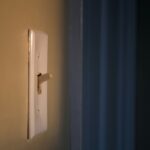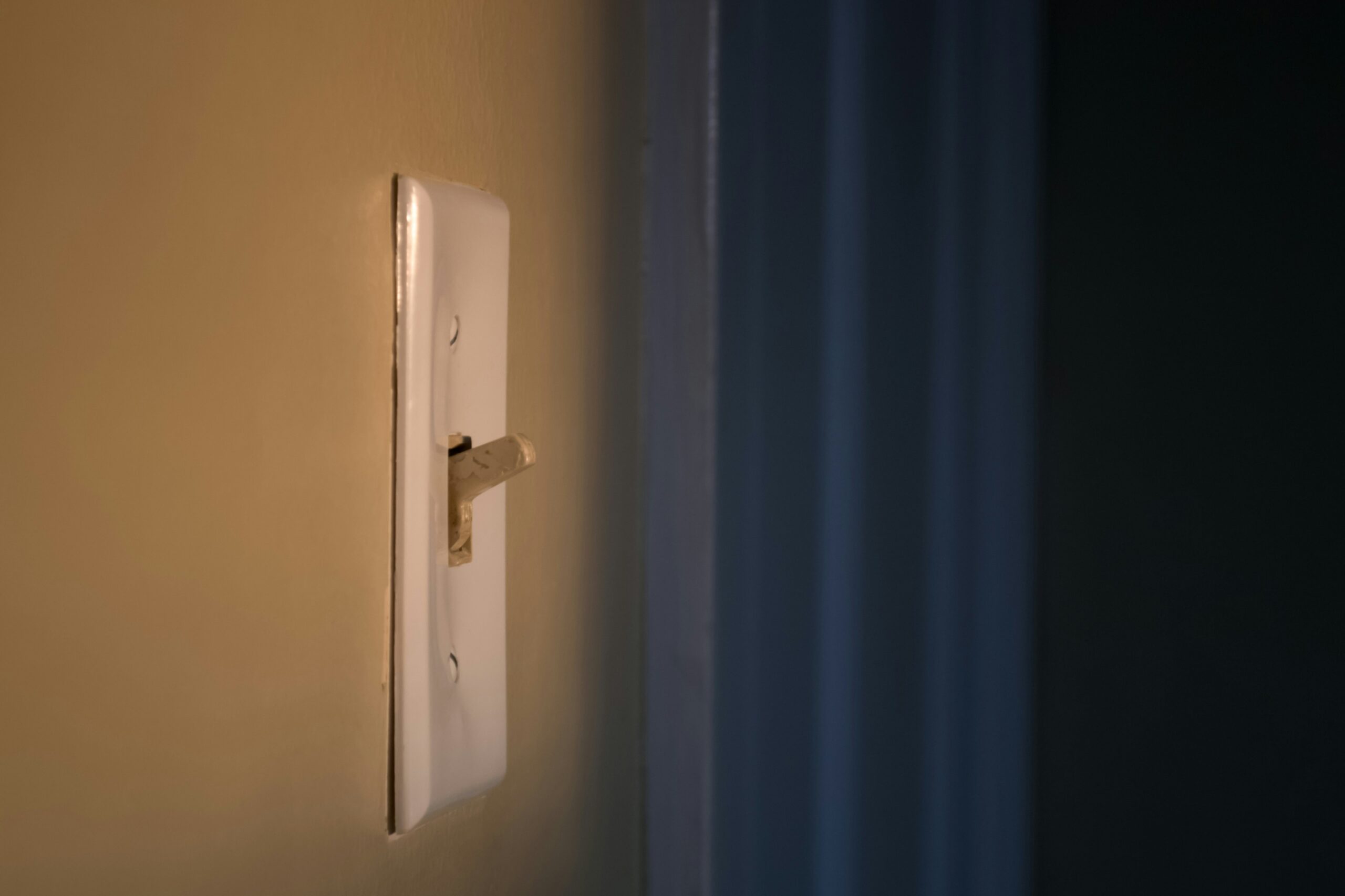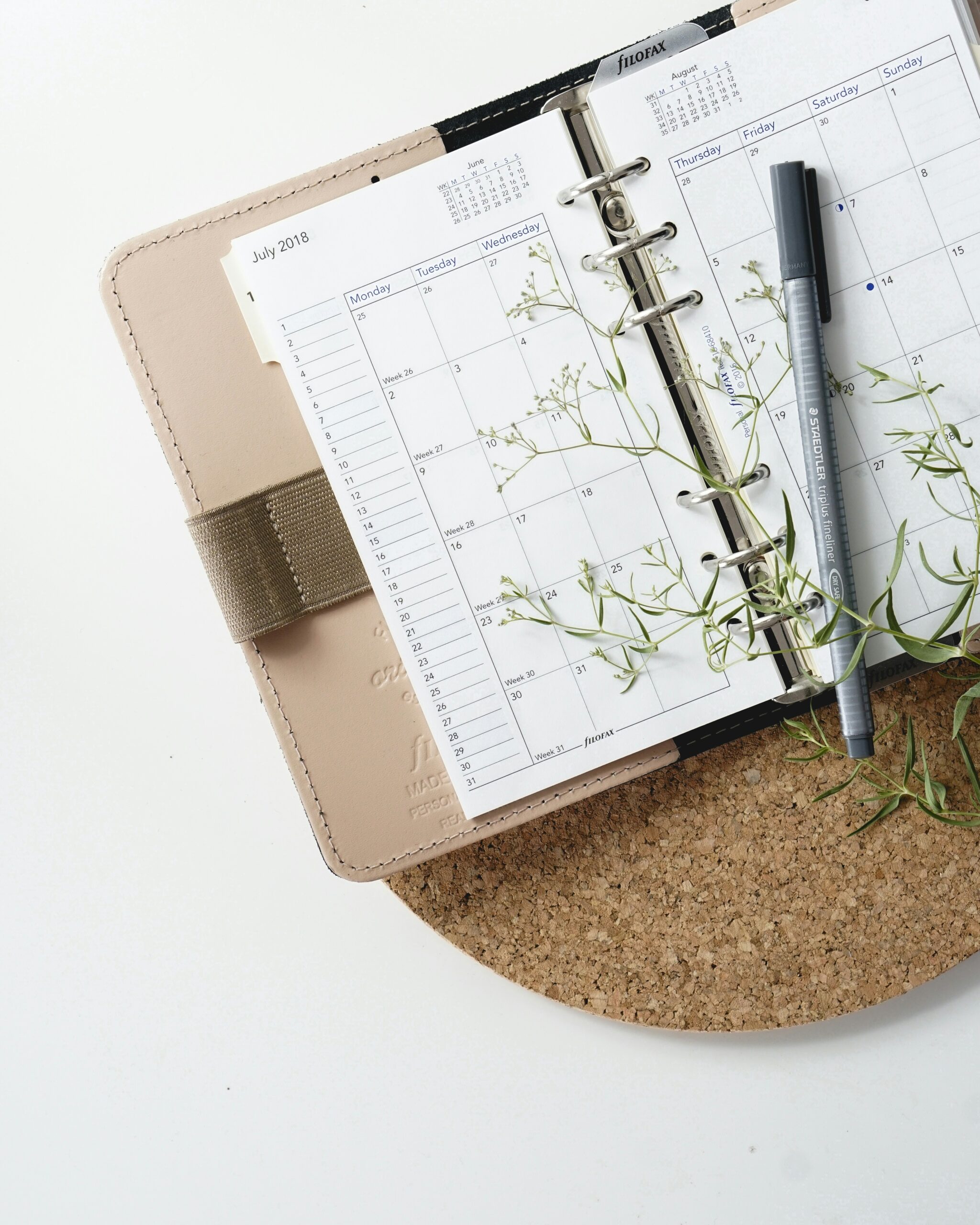Introduction
If you’re searching for a reliable light switch wiring diagram, look no further. Whether you’re installing a simple on/off switch, dealing with a switch loop, or wiring multiple switches in one circuit, this guide offers clear, practical instructions. Understanding wiring diagrams lets you work safely and confidently at home. We’ll break down common setups, highlight key safety tips, and walk through step-by-step wiring for residential applications.
Understanding Basic Wiring Terms
Before diving into diagrams, get familiar with these essential terms:
-
Line (hot): The live wire carrying power from the breaker—usually black or red.
-
Load: The wire delivering power from the switch to the light fixture.
-
Neutral: Typically white, completing the circuit at the fixture—not usually connected to the switch.
-
Ground: Bare copper or green wire for safety—connect to the switch’s ground screw.
-
Single-pole switch: A standard one-location on/off switch.
Single-Pole Light Switch Wiring
Diagram & Setup
Follow this simple wiring path for a standard single-pole light switch:
-
Power enters the switch box via the line hot (black) and neutral (white) cables.
-
Line hot connects to one terminal on the switch.
-
Switch load wire goes from other terminal to the light’s hot.
-
Neutral wires stay tied together—branching to the light fixture.
-
Connect ground wires to the switch’s green screw.
Many configurations exist—like power through switch box or end-line wiring (power at fixture first)—but the core concept remains the same.
The simple diagram above shows a clear path: hot → switch → light, with neutral bypassed (unswitched) in switch box.
Wiring a Switch Loop
Switch loops are used when power is supplied at the light fixture:
-
Fixture box receives the line hot and neutral.
-
A 2-conductor cable runs to switch: white as hot (marked), and black as switched hot.
-
At the switch box: white (marked hot) goes to switch input; black (load) returns switched power to fixture.
-
Fixture box ties black load to fixture hot; neutrals stay connected.
This method saves wiring and avoids running a neutral to the switch.
Multi-Switch (Two Lights, One Switch Box)
If one switch box controls multiple lights:
-
Line hot feeds into switch box.
-
Pigtail hot threads to each switch’s input terminal.
-
Each switch’s load wire leads to its light fixture.
-
Combine all neutrals and grounds in the box.
Black to line side, colored loads (red, blue) to lights, neutrals tied together.
Wiring Three-Way & Four-Way Switches
For hallway or stair lighting:
-
Three-way uses two switches controlling one light.
-
A 3-wire cable (black, red, white) with a hot common and two traveler wires runs between switches.
-
-
Four-way added between two three-way switches uses four terminals and switches traveler paths.
This setup allows control from multiple locations.
Adding a Dimmer Switch
Dimmer installs like a single-pole but:
-
Connect dimmer hot screw to line hot, load screw to fixture’s hot, ground to green.
-
Many dimmers don’t require neutral—check manufacturer’s instructions.
Safety Tips Before You Start
-
Turn off power at breaker.
-
Test with a voltage tester before touching wires.
-
Use proper wire nuts and connect all neutrals securely.
-
Wrap marked hot switch loops with black tape.
-
Ground all metal switch boxes and connect devices to ground screw.
-
If unsure, consult a licensed electrician.
Common Mistakes & How to Avoid Them
-
Reversing line and load won’t harm components, but may cause confusion or unexpected wiring.
-
Not marking switch-loop whites can create dangerous misidentification.
-
Skipping wire nuts on neutrals leads to flickers or hazards.
-
Forgetting to connect ground violates code.
Conclusion
With the right light switch wiring diagram, installing or swapping a switch becomes a manageable DIY task. Whether you’re wiring a single-pole setup, switch loop, or multi-switch configuration, keeping wire functions clear and following safety steps ensures success.
Next steps:
-
Carefully plan your wiring type and confirm needed materials.
-
Always turn off power and test before starting.
-
Label wires clearly, especially when repurposing neutrals.
-
Consider professional help if unsure about the circuit.











